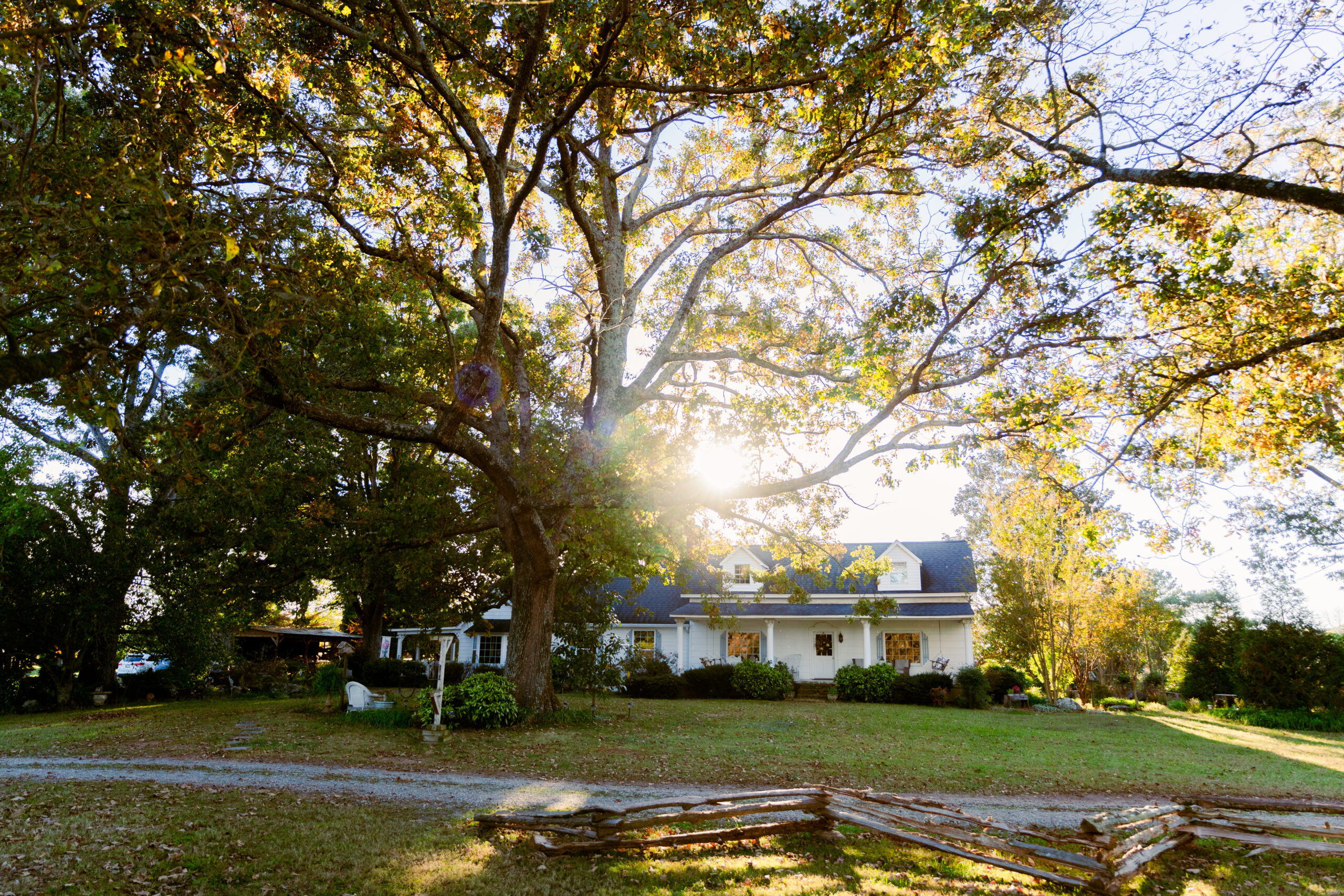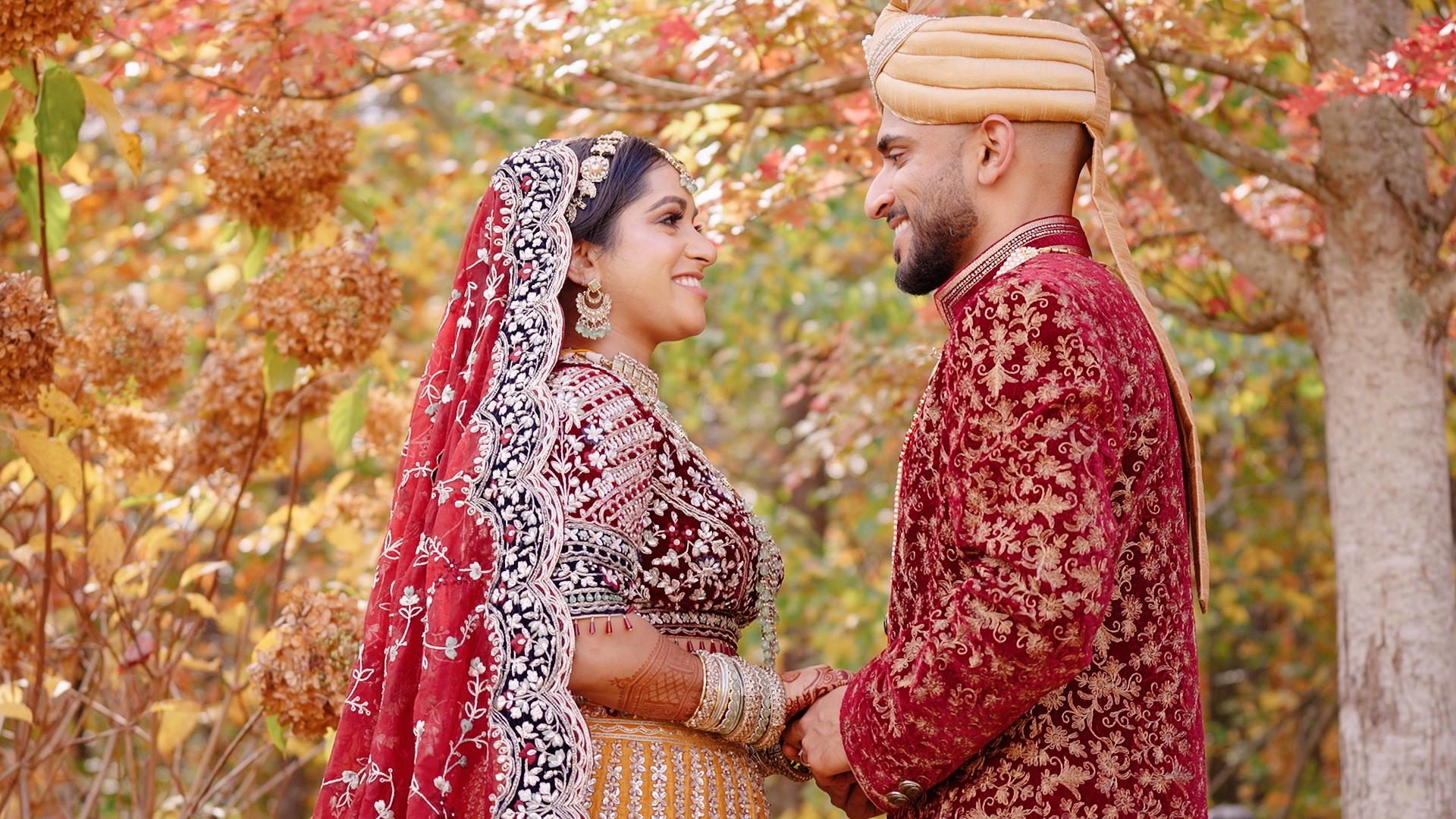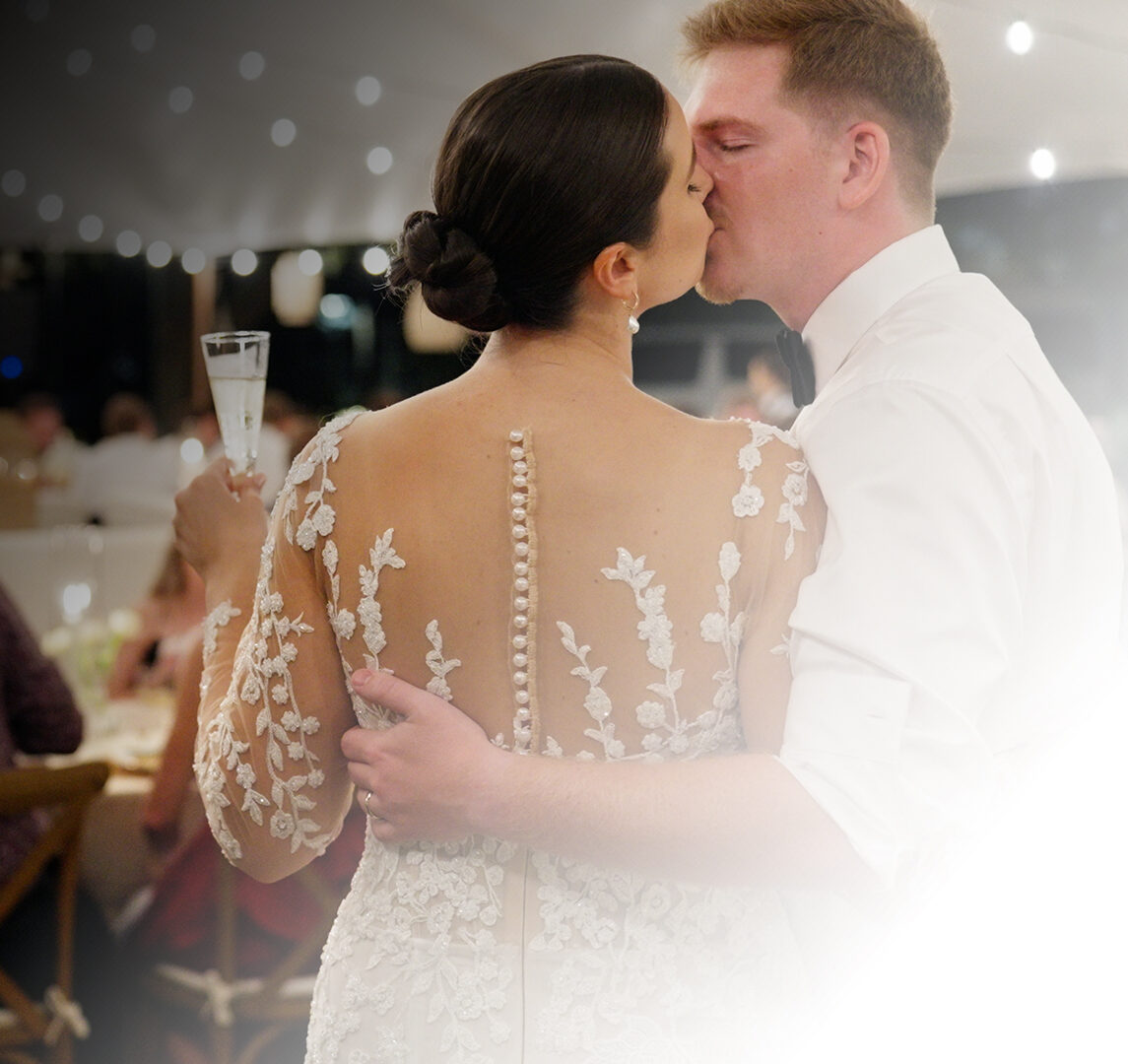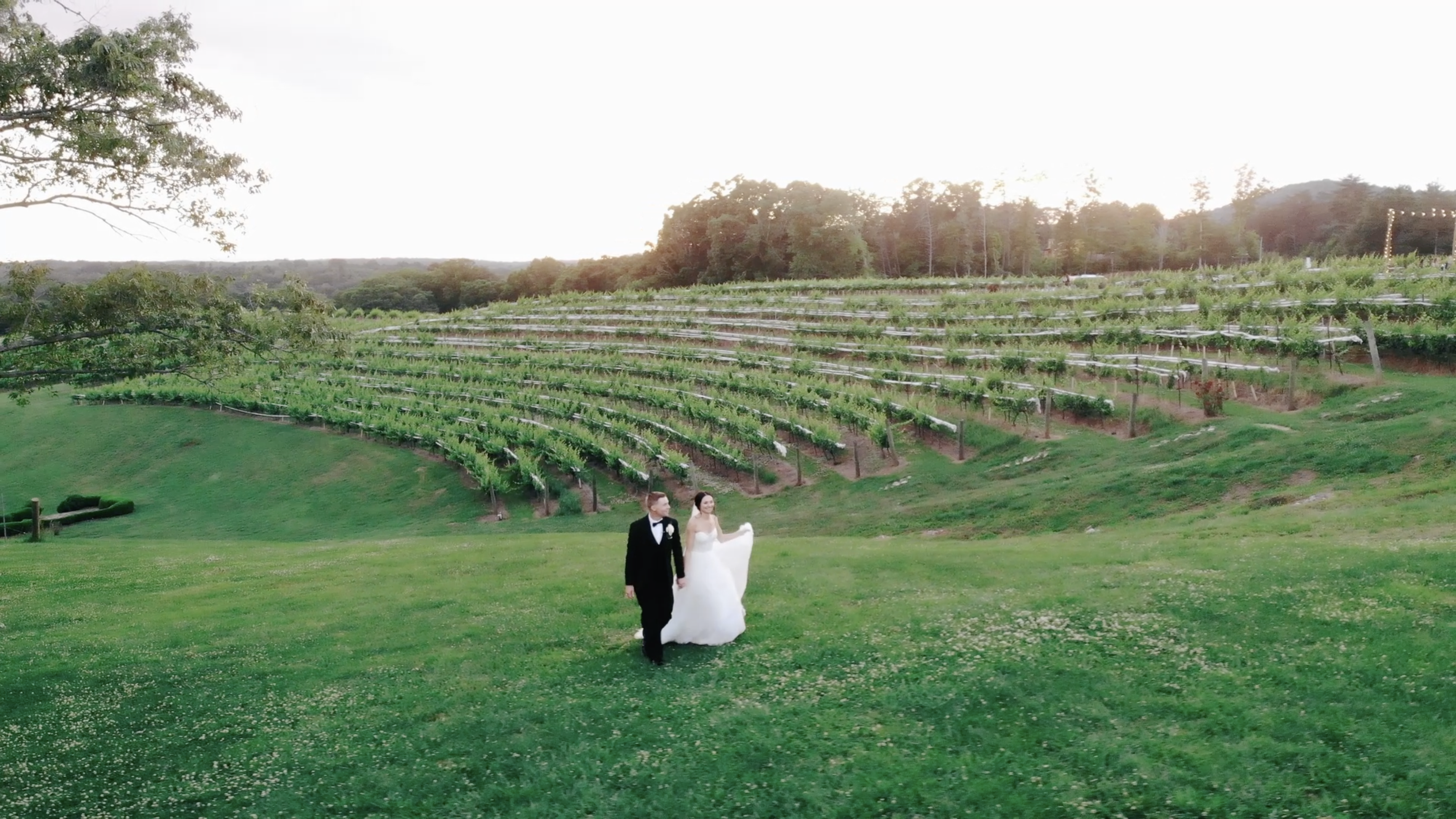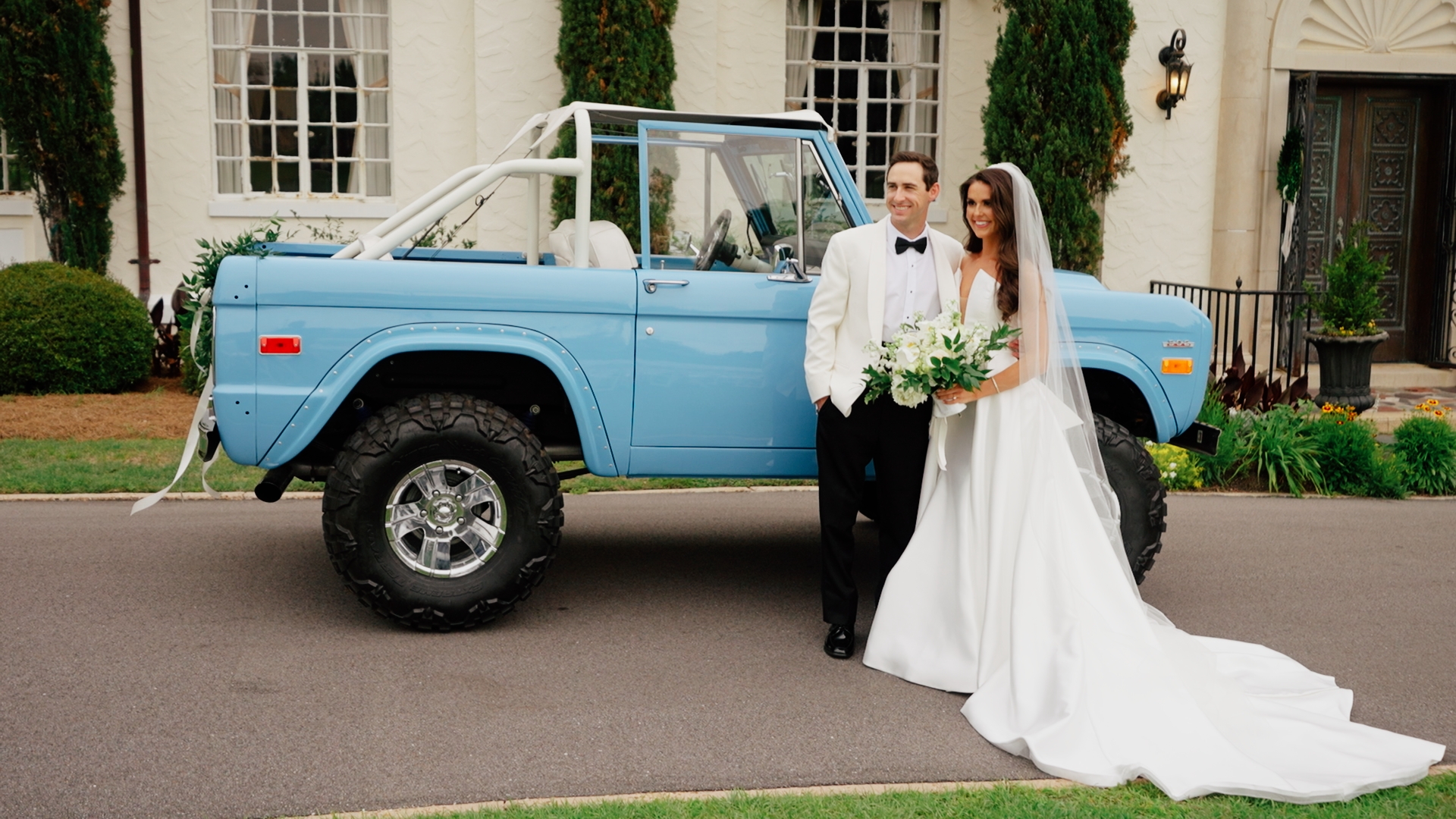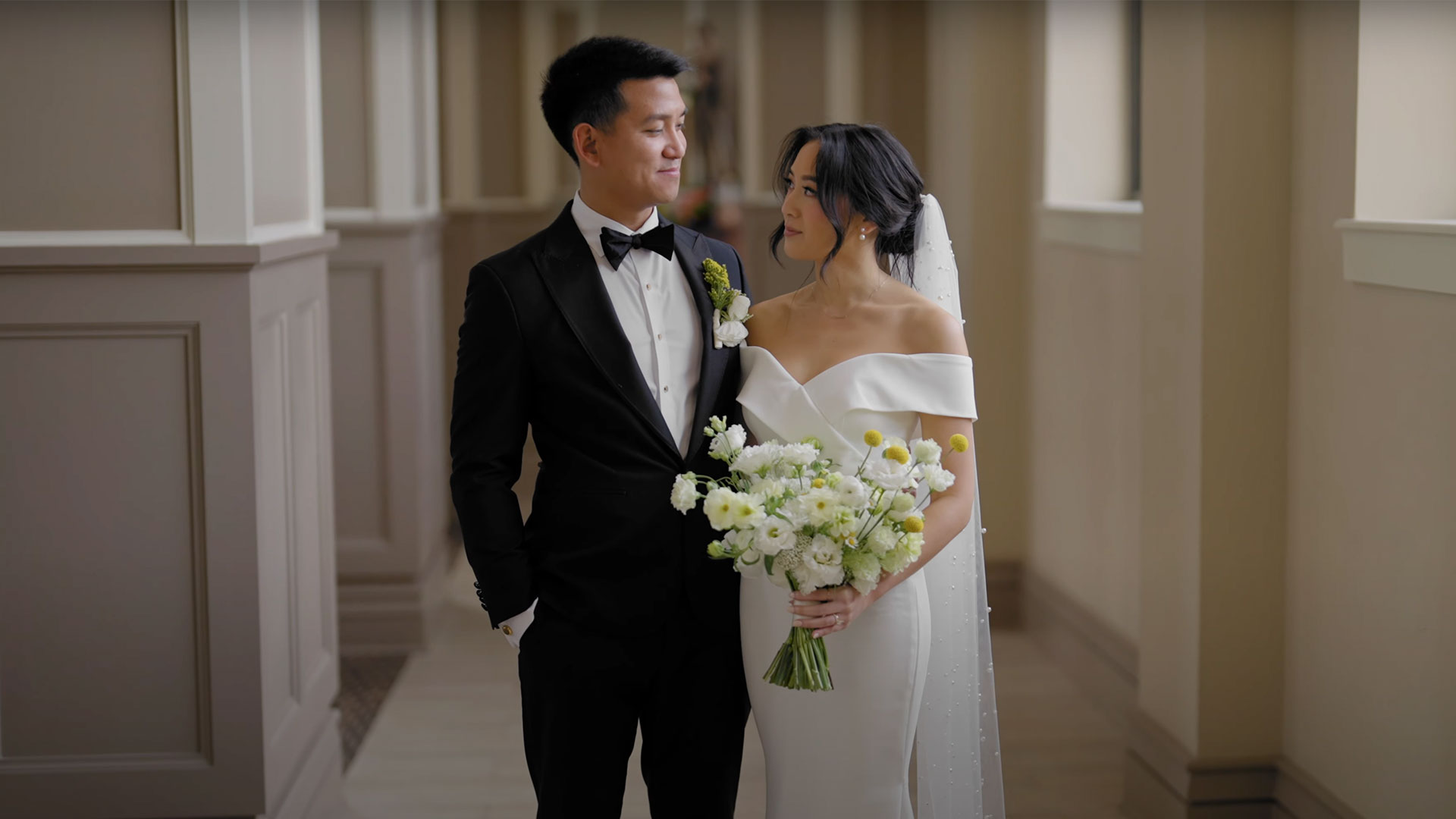A Guide to Indian Weddings: Traditions Explained
Indian weddings are pretty popular for being elaborate affairs full of emotion, color, bling, and tradition. But sometimes, when couples plan their special day in Atlanta, Georgia, the nuance of the many Indian wedding traditions can get lost on some people. In this blog, we will discover the many wedding traditions of Indian couples I’ve encountered as an Indian wedding photographer in Atlanta and explore the significance of each of these traditions.
Indian Wedding Traditions
Indian wedding rituals can start weeks before the actual day of marriage, starting with the engagement, in which the two families of the bride and groom meet to confirm the wedding. This is an essential step as Indians see marriage as the fusion of not just two people but also two families.
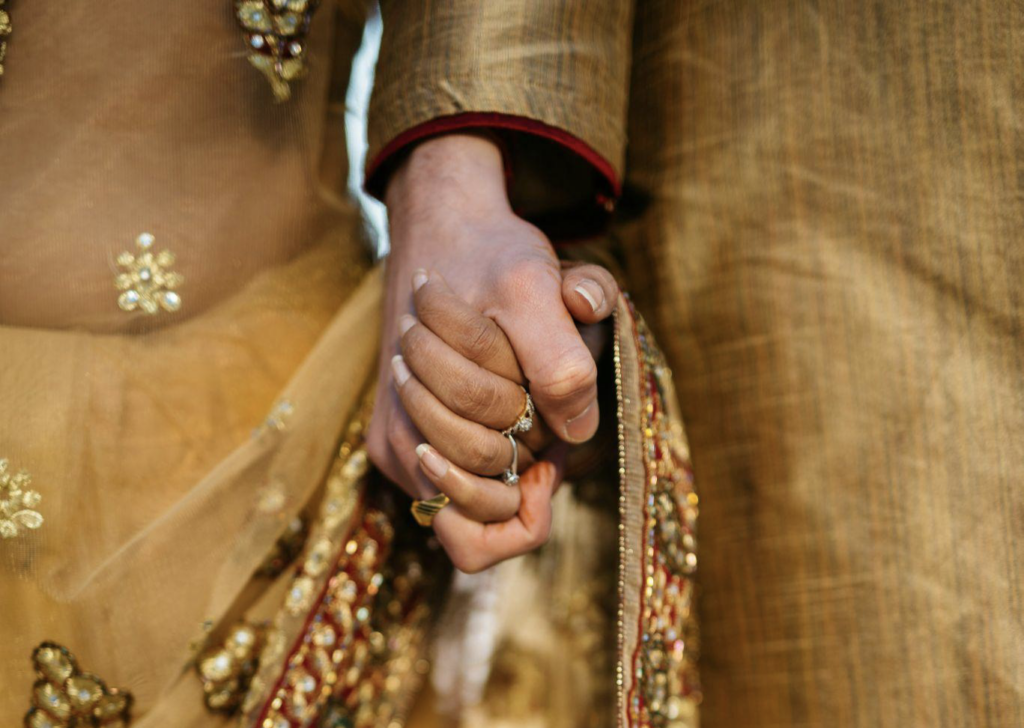
Baarni Band- Hwana
The Indian wedding festivities kick off fifteen days before the big day. The Baarni Band-Hwana is a meaningful ritual that involves tying a sacred thread, called a Mauli, on the wrists of the groom and his parents. This gesture serves as a humble plea to the gods for a smooth and auspicious wedding day.
Mayara
Next comes the Mayara, or the “Maternal uncles’s ceremony.” This tradition celebrates the special bond between a bride or groom and their maternal uncle. As a significant gesture of love and support, the uncle shower blessings upon the couple and their families. This often involves an exchange of gifts, with the uncle traditionally presenting exquisite traditional Indian wedding dresses like sarees or dress materials to the mothers of both the bride and groom.
Sangeet and Mehendi
The sangeet and mehendi ceremony is the first of three central Indian wedding ceremonies I’ve observed as an Indian wedding photographer in Atlanta. It is a grand party that provides an opportunity for the friends and relatives of the wedding parties to interact, play music, dance, and sing with each other. It allows the future families-in-law to get acquainted with each other before the big day.

At the joyous Sangeet celebration, the bride takes center stage for the much-anticipated Mehendi ceremony. Here, she’s joined by her closest female family and friends for a night of fun. At the henna ceremony, two or three skilled Mehendi artists are invited to create intricate designs for the bride’s hands and feet and those of her loved ones. The paste used comes from dried, ground henna leaves. This ceremony is not just for female revelry – it holds a deep meaning. Henna is believed to have the power to ward off evil spirits, promote fertility, and usher positive energy for the soon-to-be-married couple.
A common Indian wedding tradition during the ceremony is to cleverly hide the groom’s name, often within the bride’s intricate henna artwork. It becomes a fun challenge for him to find later! Local lore even suggests that the depth of the henna stain signifies the strength of the marital bond and the bride’s future relationship with her mother-in-law.
Wedding Procession of the Bride and Groom
It’s not just the bride who gets pampered during an Indian wedding ceremony – even the groom gets his chance at the spotlight. The Baarat ceremony is the groom’s procession, where the man of honor makes his grand entrance to the wedding venue, often on a horse! A vibrant procession of his family and friends escort the groom, celebrating by singing, dancing, and shouting traditional well wishes for the groom.

This is followed by the bride’s procession, though less extravagant. A warm welcome unfolds as the bride and her family greet the groom. They exchange beautiful floral garlands, the Milni Malas, symbolizing their acceptance as they embark on their journey together.
Ceremony under the Mandap
This Indian wedding ceremony traditionally takes place under a four-pillared canopy, the Mandap, with each pillar symbolizing the bride and groom’s parents. While it is typically built outdoors, the Mandap can also be constructed indoors.
Both families stand under the beautifully decorated Mandap during the ceremony, often featuring curtains, fabrics, and flowers. In the absence of the bride’s father (who may be positioned near the fire), her maternal uncle escorts her down the aisle. The bride’s brother also plays a part by offering rice to the couple, which they then throw into the sacred fire. The fire symbolizes Agni, the god of fire, who is believed to bring life to the marriage.

After the bride is given away during the Kanya Daan ritual, the happy couple join hands and walk around the fire four times in the Mangalphera to officialize the union. Each walk signifies a primary life goal: Dharma (morality), Artha (prosperity), Kama (gratification), and Moksha (spirituality).
Then, the priest unites the couple by tying their scarves together before guiding them around the fire. Offerings of flowers, rice, and herbs are then made to the holy fire in the Mandap’s center, a practice called Havan.
Then comes the heart of the Indian wedding ceremony- the Saptapadi. This custom involves seven steps, each representing a marital vow – a promise of support, commitment, and shared life. Finally, the groom marks the bride’s forehead with red powder and adorns her neck with the Mangalsutra – a gold and black bead necklace, symbolizing her married status. After receiving the traditional Indian wedding jewelry, the religious aspect of the union draws to a close, and well-wishers shower the newlyweds with flowers.
Reception feast
Often the most anticipated part of any wedding, Atlantan or Indian, an Indian wedding feast never disappoints. The menu is usually buffet-style, where the wedding’s many guests help themselves with the vast array of appetizers, main entrees, types of bread, curries, and other side dishes. Of course, that isn’t all. A wide variety of desserts, including Indian cookies, halva, cheese, and other traditional Indian sweets, follow the main course.
The new couple is placed on a raised, beautifully decorated stage during this time. This will serve as a place to rest for the bride and groom and a backdrop for the many photos they’ll take of themselves and the guests.
Aashiwad ceremony
Following the eventful Indian wedding, the Aashirwad ceremony cements the union. Here, families exchange blessings and gifts. The bride’s family visits the groom’s home, offering well wishes and sometimes gifts. The groom’s family does the same, often presenting the bride with gold or diamonds. But the heart of Aashirwad lies in the blessings. Elders from both sides shower the couple with their support, a cherished tradition in a culture that values familial guidance.
Interesting Indian Wedding Customs
As it becomes increasingly apparent, alot of thought and preparation goes into Indian wedding traditions, regardless of which continent it takes place in. These are some additional exciting aspects of Indian wedding ceremonies.
Choosing an Auspicious Date
Indian weddings, like many South Asian festivities, place alot of significance in choosing the most auspicious date and time for the wedding by consulting astrological placements. This is a far cry from typical American weddings in Atlanta, Georgia, where you pick the date according to the availability of a venue.
An Abundance of Red
Red takes center stage in Indian weddings, symbolizing auspiciousness and new beginnings. Thus, red dominates every aspect of the celebration, from the vibrant silks of the bride’s sari to the ornate flower arrangements and even the wedding invitations. Traditionally, some brides even incorporate a touch of red into their hair a few days before the wedding.
Expansive Guest Lists
Indian weddings are notorious for their vast guest lists, with even a tiny wedding hosting atleast 300 to 500 people. People with the slightest connection to the groom or bride are automatically invited to add to the festivities. However, most couples also feel pressured to invite guests in fear of offending anyone by not inviting them. At the end of the day, the many guests offer a sense of community and togetherness, especially during the most significant moments of one’s life.
Multitude of Outfits
Fashion plays an integral part in Indian weddings, with every wedding function demanding a different outfit. Brides traditionally adorn themselves in exquisite saris or lehengas featuring rich fabrics like silk and brocade embellished with intricate embroidery and beadwork. Bridesmaids often follow suit, their saris or lehengas complementing the bride’s attire while showcasing their unique styles.

Grooms, too, step out in style. They typically wear a sherwani, a regal outfit consisting of a long, knee-length jacket paired with fitted trousers. Many grooms even embrace the tradition of multiple outfit changes. This tradition is quite unlike an American wedding, where the bride is typically dressed in elegant white, and the groom is in a simple tuxedo.
Final words
If there’s one thing I’ve learned as an Indian wedding photographer in Atlanta, it is that these weddings are a homage to tradition, symbolism, and a couple’s joy. The ceremonies, rich with meaning and cultural significance, mark the beginning of a new chapter for the couple. No matter what ethnicity you hail from, Indian weddings will provide excitement and a sense of community that will thus create everlasting memories.
